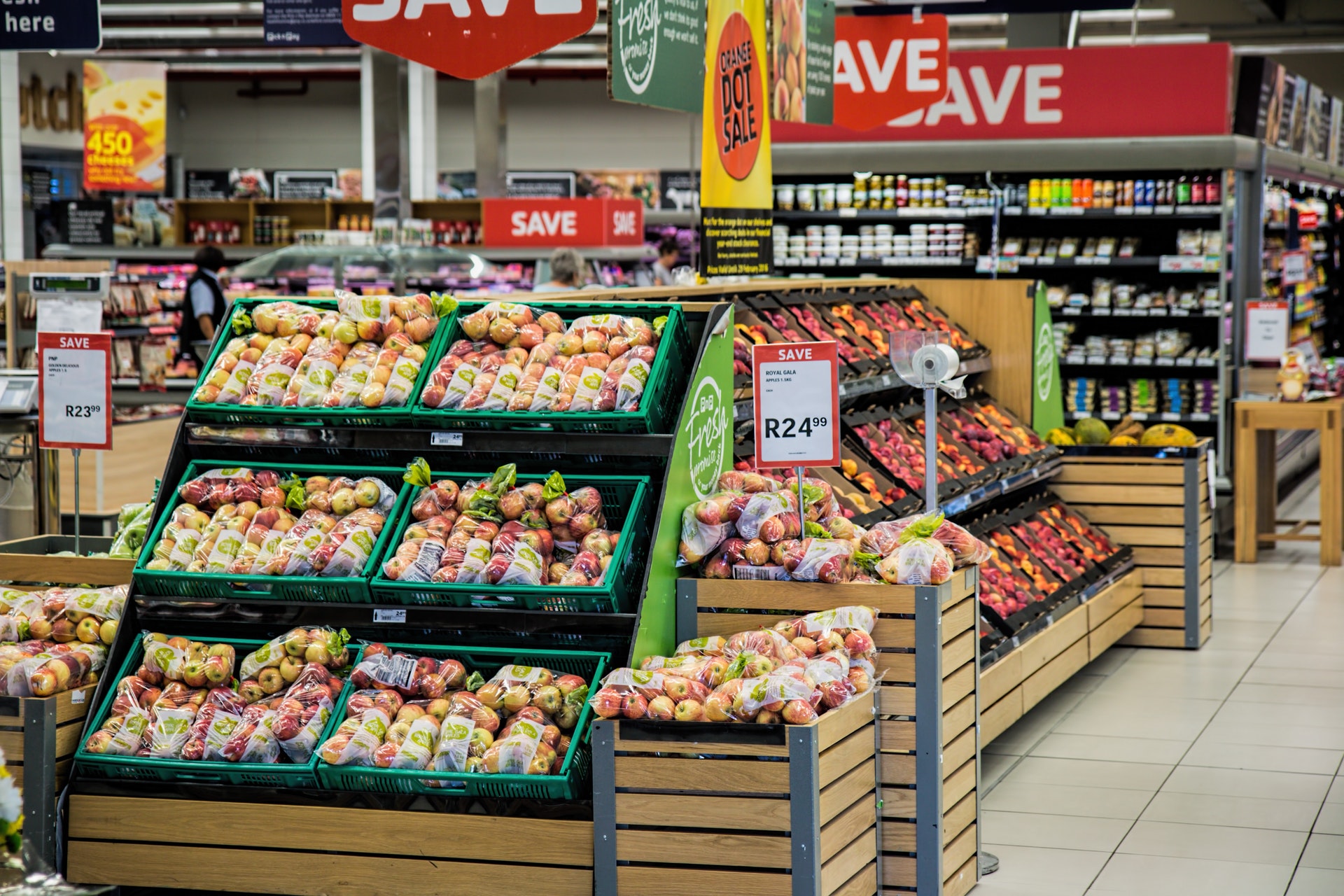
Grocers and third-party services are seeing an influx in demand for delivery, resulting in longer-than-normal wait times as health and government authorities urge people to practice social distancing amid the COVID-19 outbreak.
“The demand has increased so much, so quickly, it’s impossible for us to meet,” said Marie-Claude Bacon, vice-president of public affairs and communications at Metro Inc. The grocer’s e-commerce business serves parts of Quebec and the Greater Toronto Area.
“The delays are very long.”
Traffic to the company’s website has doubled since the outbreak came to Canada, she said.
Whereas previously customers could order online and pick-up in store or receive a delivery that same day, Bacon said they must wait much longer now for delivery and pick up.
Metro is trying to hire more staff to meet the surge, she said.
Meanwhile, the company is asking that people who are capable of shopping at stores to do so.
“If you’re in good health, if you can have someone come into the store and shop, that’s the ideal way of doing it in order for us to be able to provide the service to the ones who are not able to come to our stores.”
Loblaw Companies Ltd. has seen its PC Express business, which allows customers to shop online for pick-up or delivery, more than double in recent weeks, said Catherine Thomas, senior director of external communication, in an email.
Wait times vary depending on the location, she said, and the company is doing its best to fulfil orders quickly.
“But, in some areas where demand is particularly high, wait times for pick up or delivery could take a few days.”
That spike comes as authorities encourage Canadians to stay at least two metres away from others in an effort to slow transmission of the virus, and as the company dropped fees and prices for its e-commerce business, she said.
“As demand grows, we’re finding new ways to serve more people, faster. That means more equipment, more capacity during pick up windows, and staff hiring.”
The company is exploring a potential pilot in the future where it will close one store to customers and use it to fill online orders, she said, in an effort to address the growing demand.
Loblaw CEO Galen Weston addressed the company’s e-commerce services during the coronavirus outbreak in a note to customers mid-March.
“We are managing the rising number of orders and ramping up our systems as quickly as we can so customers can shop online with confidence,” he said.
“However it will be difficult for us to meet all the additional demand, possibility limiting availability for people who are sick, in self-isolation, or at elevated risk.”
He asked “healthy, mobile and symptom-free” shoppers to come into stores.
Instacart, a California-based company that delivers groceries in cities in 11 of Canada’s provinces and territories, has seen order volume grow more than 150 per cent over the past several weeks, the company said in an email.
“In the last few weeks, we’ve seen unprecedented customer demand across our platform,” it said, noting the average customer order size is up more than 15 per cent month over month.
It did not answer questions about how long a delay customers can expect compared to operations before the pandemic, but sent a statement that said, in part, that “customers can expect to see delivery availability vary across stores during the busiest request windows.”
Delivery windows vary based on retailers, the number of available shoppers and other factors, it said, encouraging customers to check delivery times online frequently.